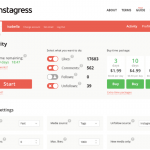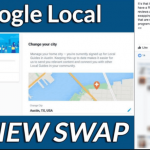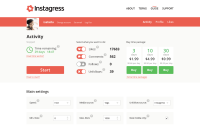Fake Reviews Influence Consumer Buying Habits
Fake Reviews Influence Consumer Buying Habits
by Laurie Sullivan @lauriesullivan, November 9, 2017
In a world where the authenticity of online content and the trust in information often seems questionable, 79% of people participating in a recent BrightLocal study say they have seen a fake review in the last year.
BrightLocal conducted its annual survey, The Local Consumer Review Survey, in October 2017. The findings, based on responses from 1,031 U.S.-based consumers, explore the attitudes and behavior of consumers when they are looking at online reviews for local businesses.

Giving reviews is a common practice these days. When consumers buy something online at a retailer, the follow-up email typically asks to leave a review of the product purchased.
Fake reviews have become a challenge for retailers and brands as they strive to maintain a positive reputation. About 25% of survey participants admit to reading “a lot” of fake reviews, but 84% admit to not always being able to spot them. For the 14% of people who admit they can never spot fake reviews and the 16% who don’t know how to identify them in particular, fake reviews create problems when determining the authenticity of a review.
The findings also acknowledge that consumers have changed their habits in terms of what they will do after reading a positive review. People are now less likely to go on to visit a business’ website, but they are far more likely to get directly in touch with the brand or retailer via phone, email, or by visiting the physical business.
In fact, only 37% of consumers will visit a business website after reading good reviews compared to 54% in 2016. And 10% of consumers now contact a business after reading a positive review.
Some 26% will continue searching for more reviews after reading a positive review, up from 19% in 2016. About 10% will contact the business, up from 3% in 2016.
In 2017, 68% of U.S. consumers said positive reviews made them more likely to use a business, up from 50% in 2016 — while 40% said negative reviews make them not want to use a local business, down from 68% in 2016.
About 36% of consumers said they will seek out other factors such as price and location when making a decision, down from 42% in 2016.
Some 19% said they read reviews, but it doesn’t influence their buying decision.
Still, the majority of consumers read reviews to check a retailer’s or brand’s reputation. Some 93% of consumers read local reviews to decide if a business is good or not, and 35% always read reviews when seeking out a business near them.
MediaPost.com: Search Marketing Daily
(32)












